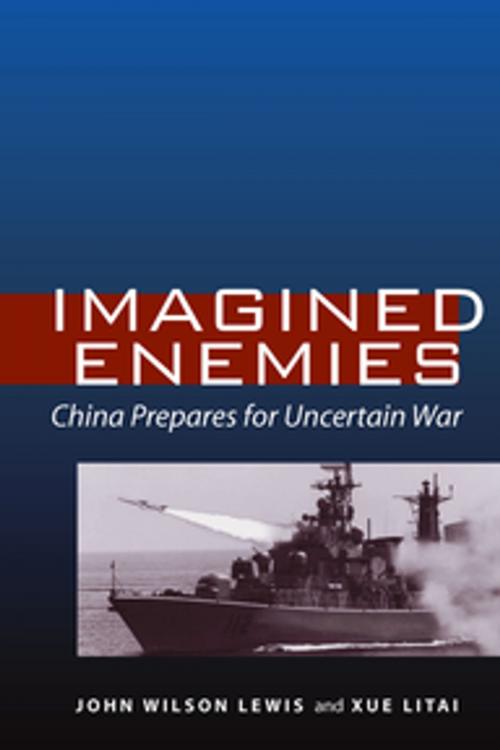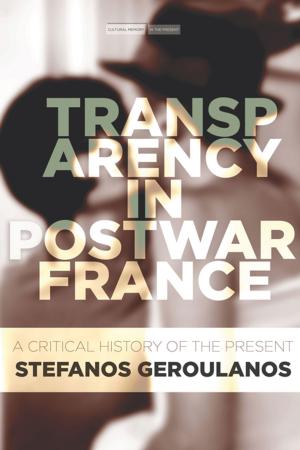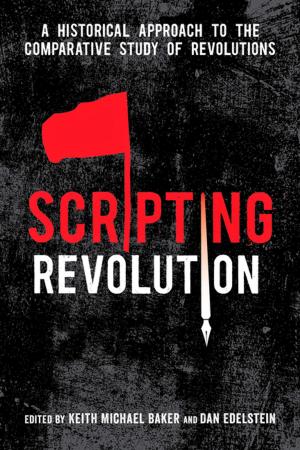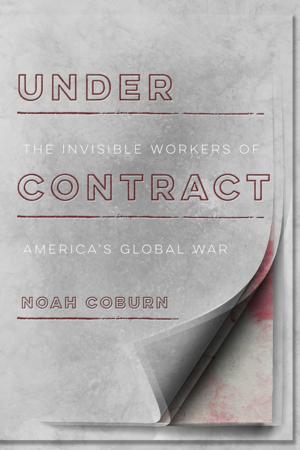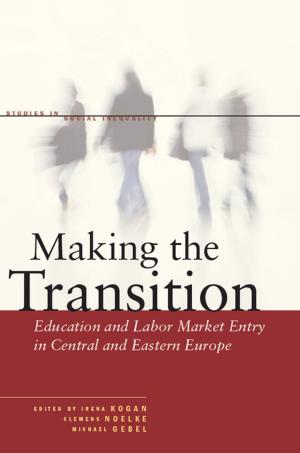Imagined Enemies
China Prepares for Uncertain War
Nonfiction, Social & Cultural Studies, Political Science, International, International Relations| Author: | John Wilson Lewis, Litai Xue | ISBN: | 9780804779463 |
| Publisher: | Stanford University Press | Publication: | July 13, 2006 |
| Imprint: | Stanford University Press | Language: | English |
| Author: | John Wilson Lewis, Litai Xue |
| ISBN: | 9780804779463 |
| Publisher: | Stanford University Press |
| Publication: | July 13, 2006 |
| Imprint: | Stanford University Press |
| Language: | English |
The fourth and final volume in a pioneering series on the Chinese military, Imagined Enemies offers an unprecedented look at its history, operational structure, modernization, and strategy. Beginnning with an examination of culturee adn thought in Part I, the authors explore the transition away transition away from Mao Zedong's revolutionary doctrine, the conflict with Moscow, and Beijing's preoccupation with Taiwanese separatism and preparations for war to thwart it. Part II focuses on operational and policy decisions in the National Command Authority and, subsequently, in the People's Liberation Army. Part III provides a detailed study of the Second Artillery, China's strategic rocket forces. The book concludes with the transformation of military strategy and shows how it is being tested in military exercises, with Taiwan and the United States as "imagined enemies."
The fourth and final volume in a pioneering series on the Chinese military, Imagined Enemies offers an unprecedented look at its history, operational structure, modernization, and strategy. Beginnning with an examination of culturee adn thought in Part I, the authors explore the transition away transition away from Mao Zedong's revolutionary doctrine, the conflict with Moscow, and Beijing's preoccupation with Taiwanese separatism and preparations for war to thwart it. Part II focuses on operational and policy decisions in the National Command Authority and, subsequently, in the People's Liberation Army. Part III provides a detailed study of the Second Artillery, China's strategic rocket forces. The book concludes with the transformation of military strategy and shows how it is being tested in military exercises, with Taiwan and the United States as "imagined enemies."
